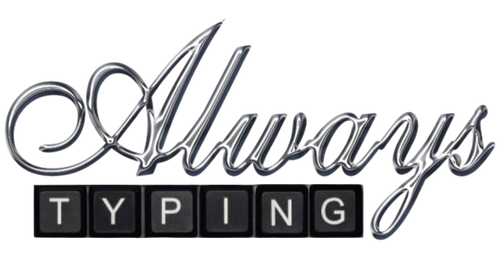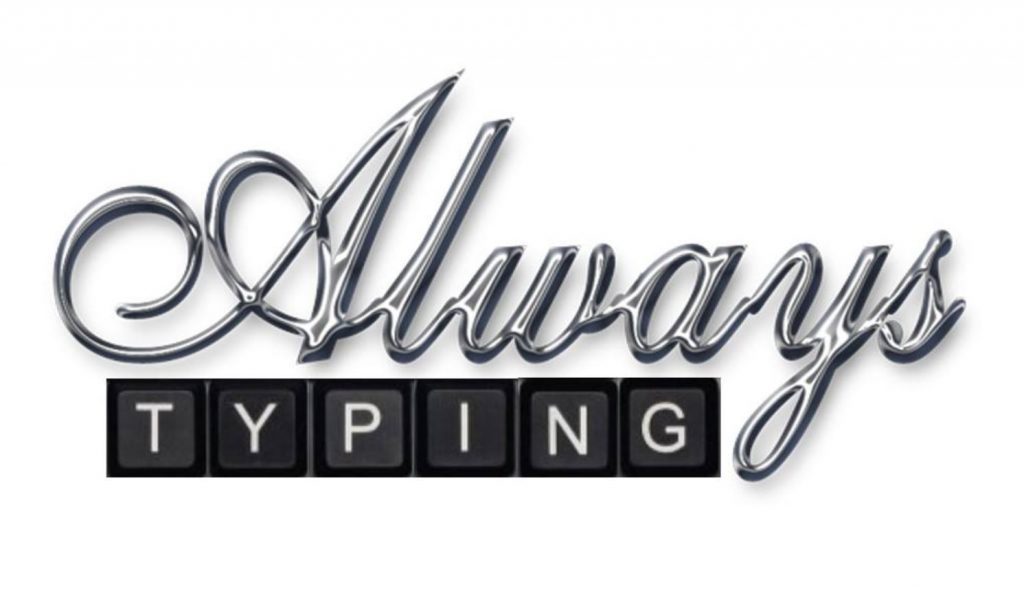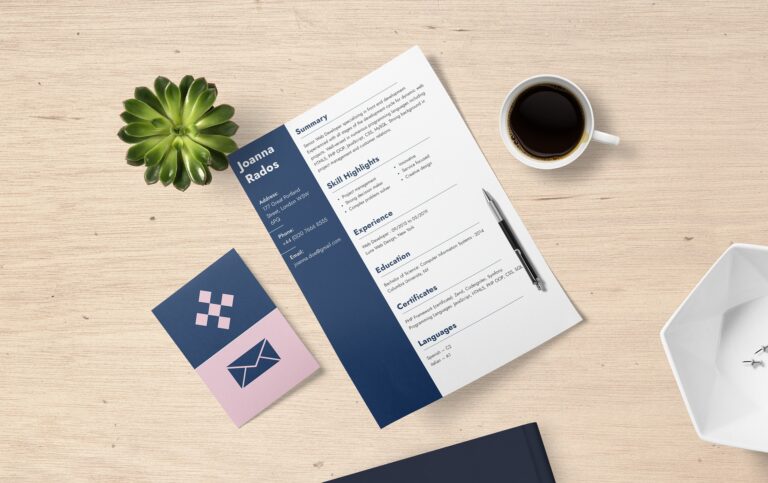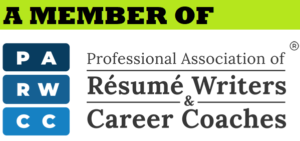How to Make Your Resume Using Microsoft Word
Are you ready to create your new resume, but you’re not feeling confident about how to make your resume using Microsoft Word? No need to worry. You don’t have to be skilled in using Word because this tutorial will help you create a resume using a step-by-step format. How to Make Your Resume Using Microsoft…









